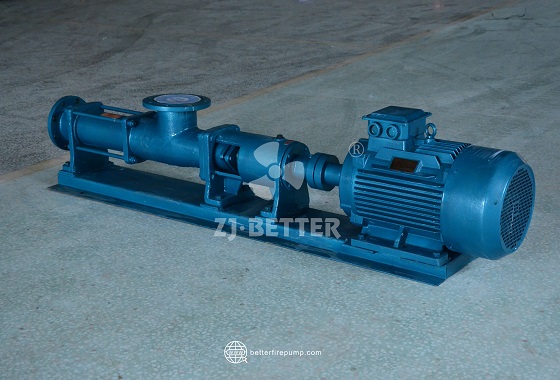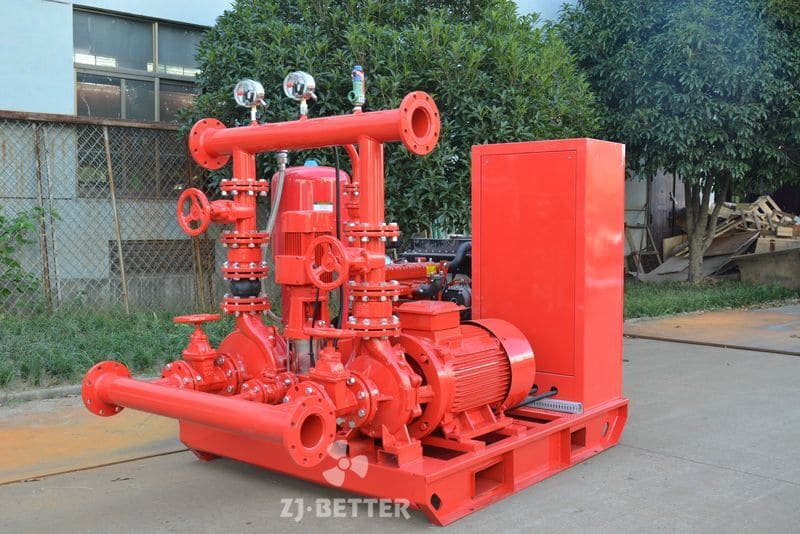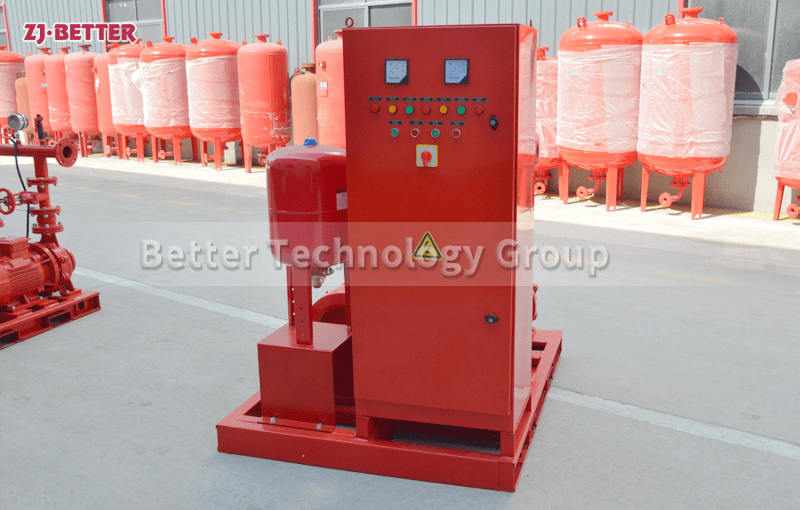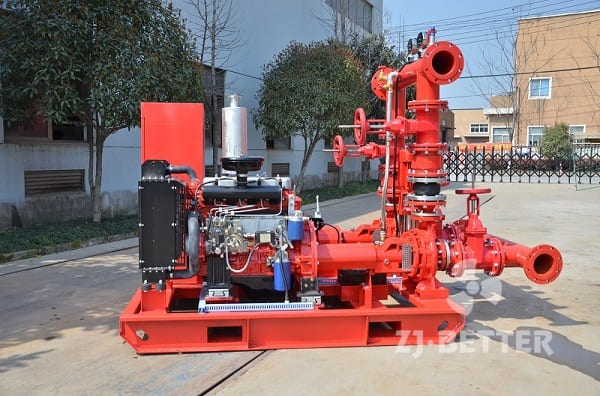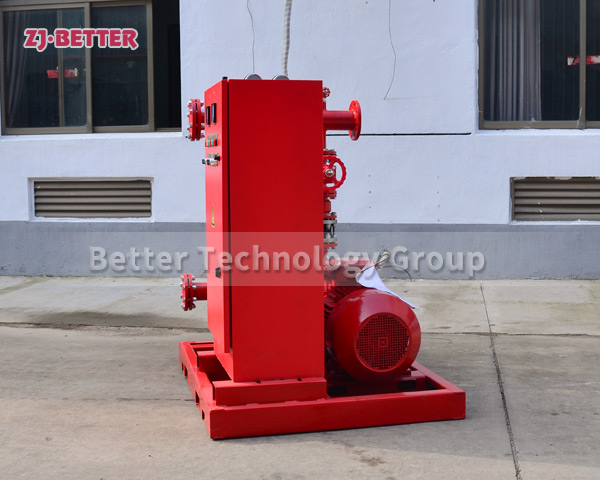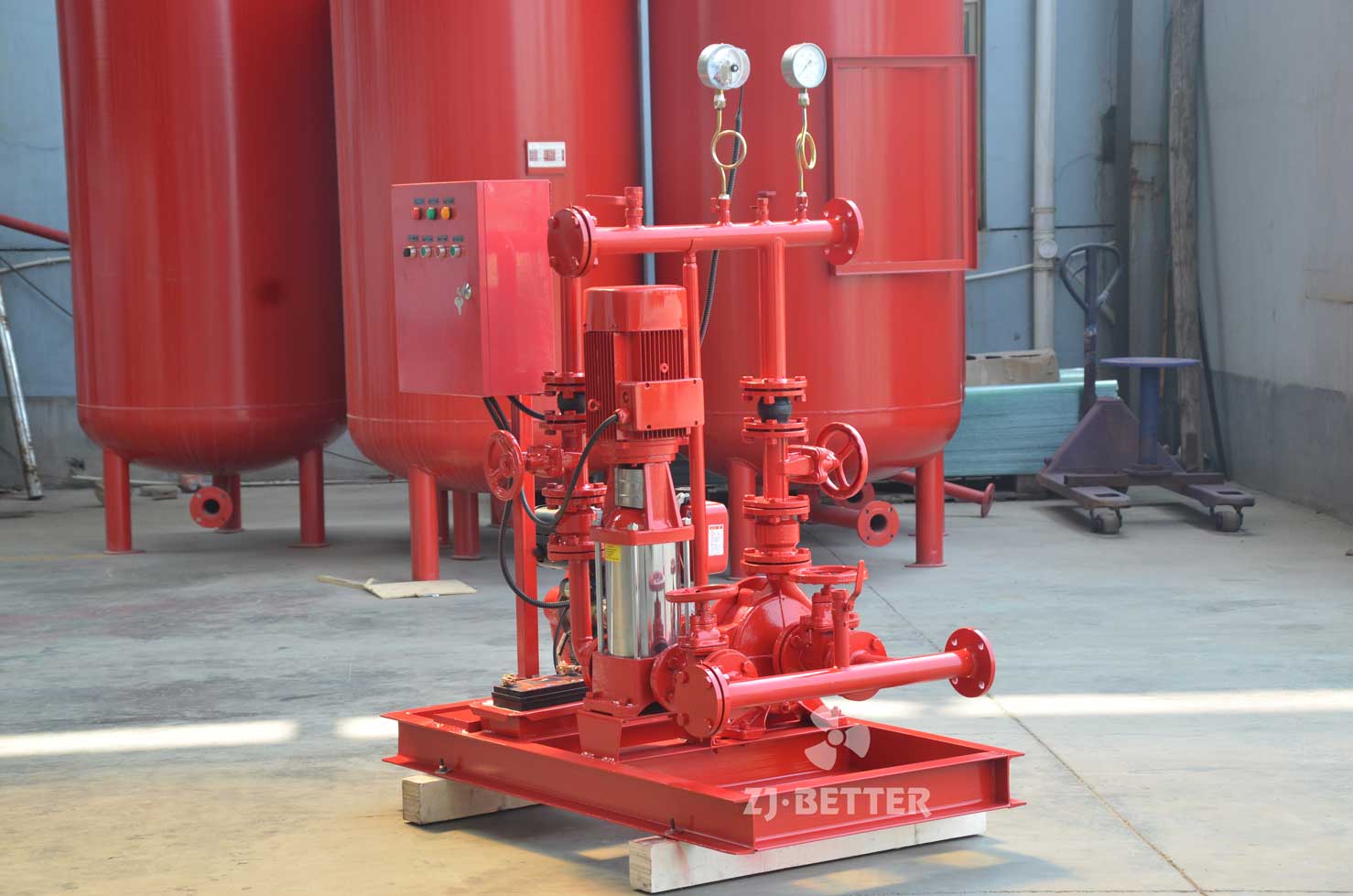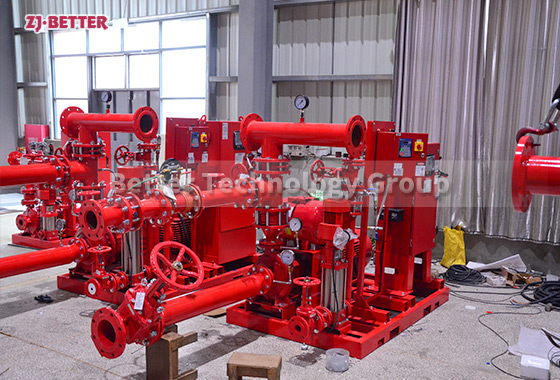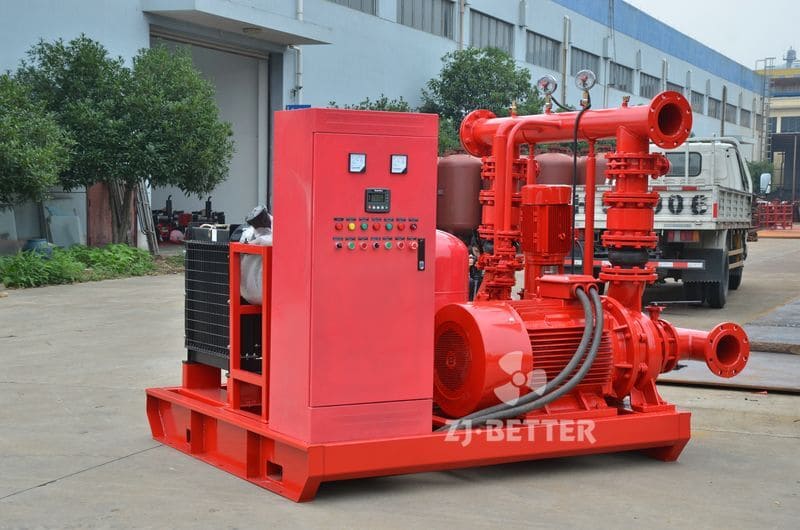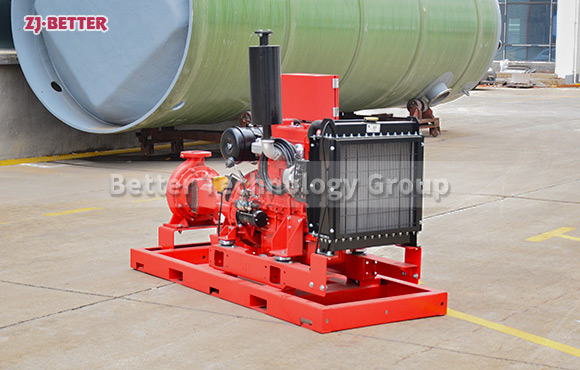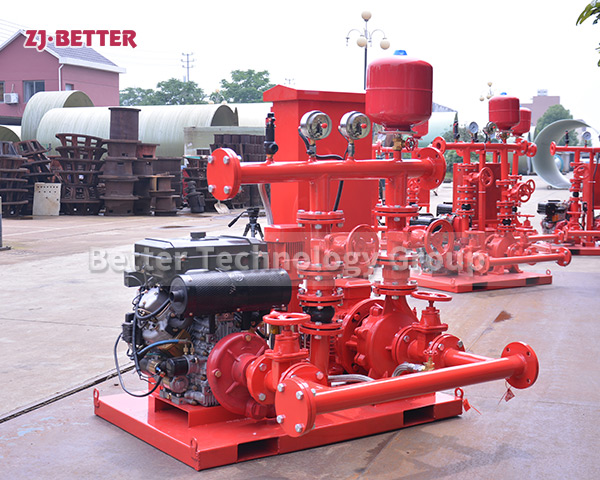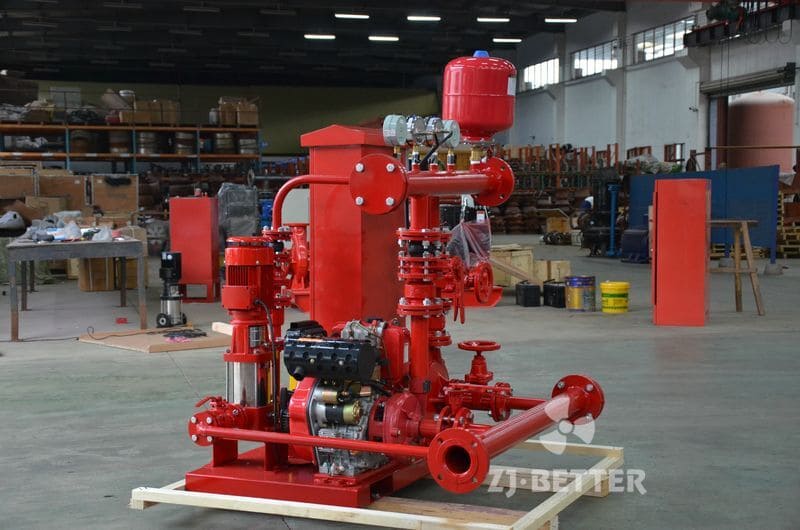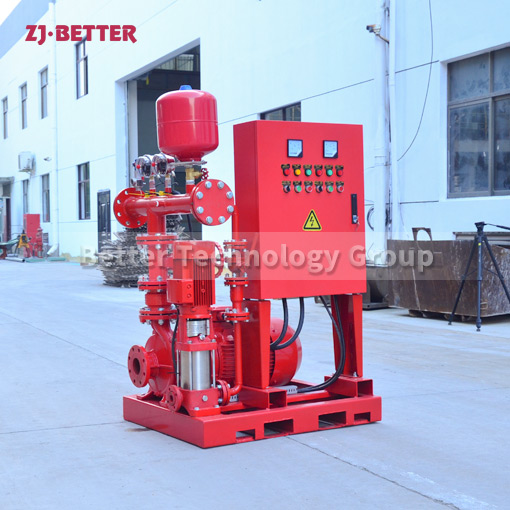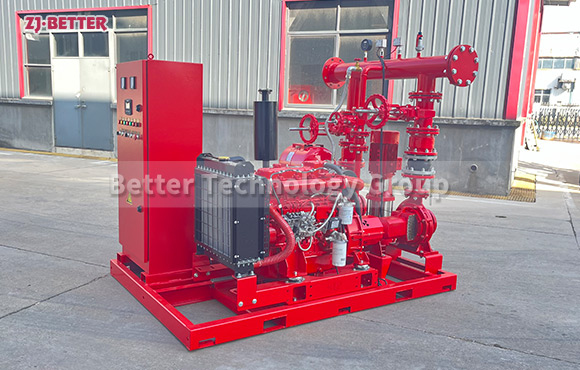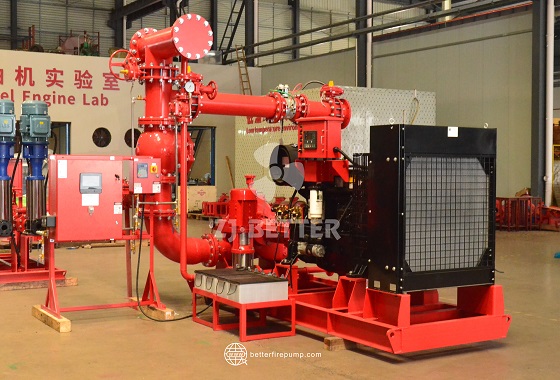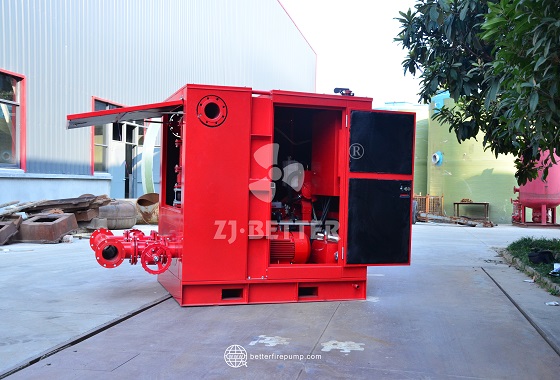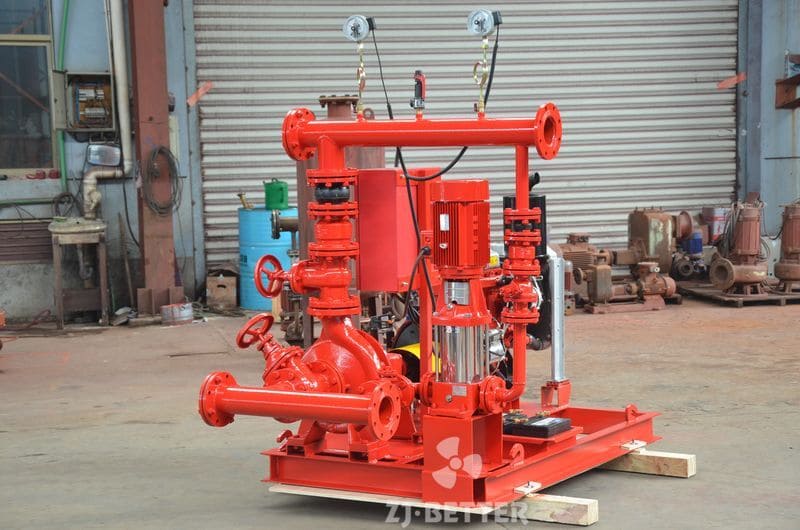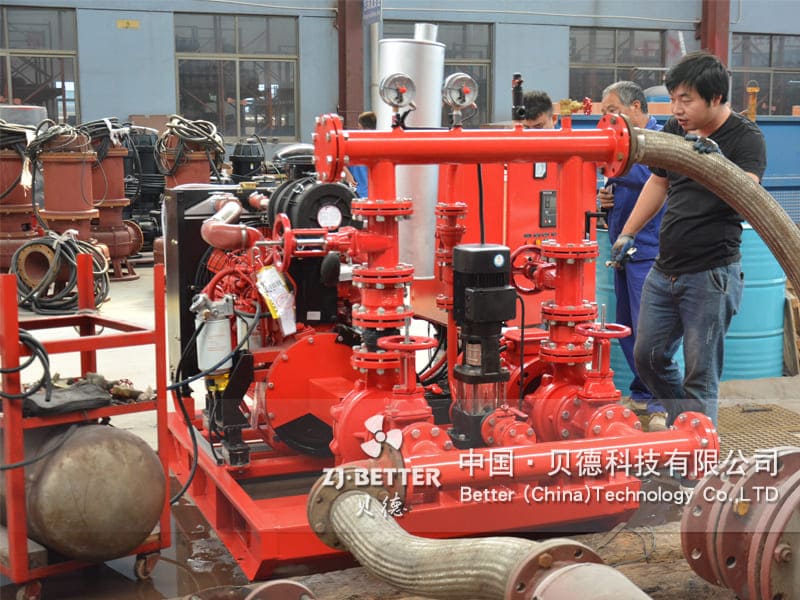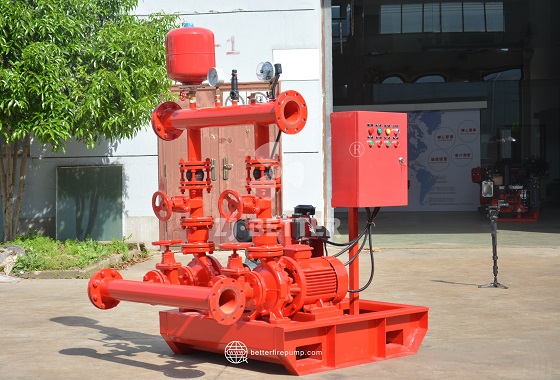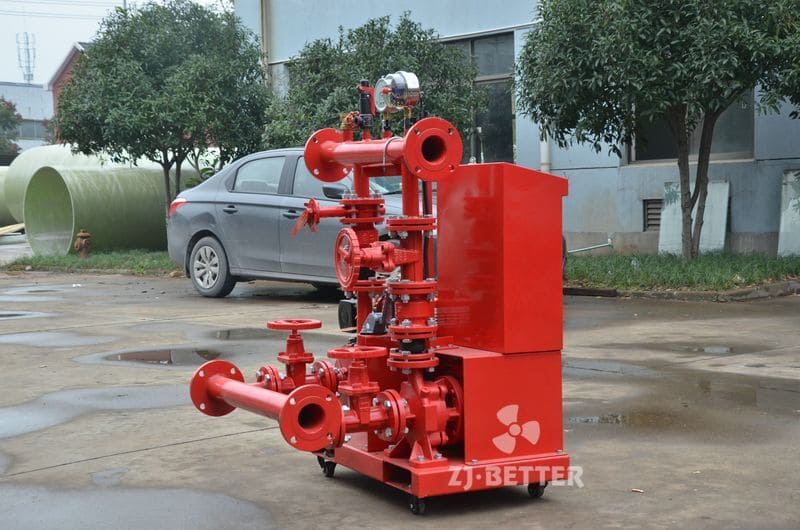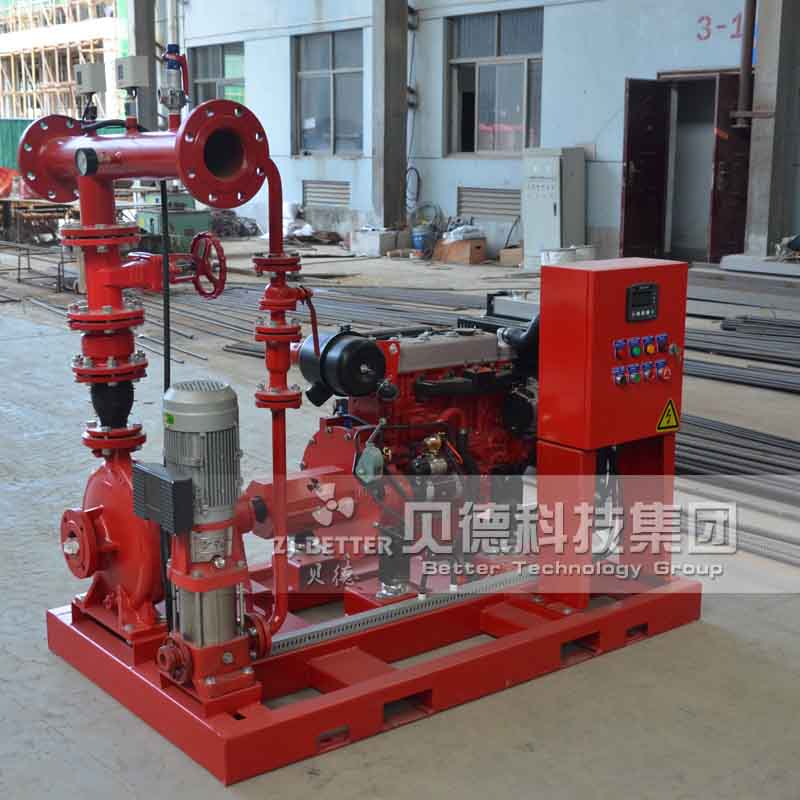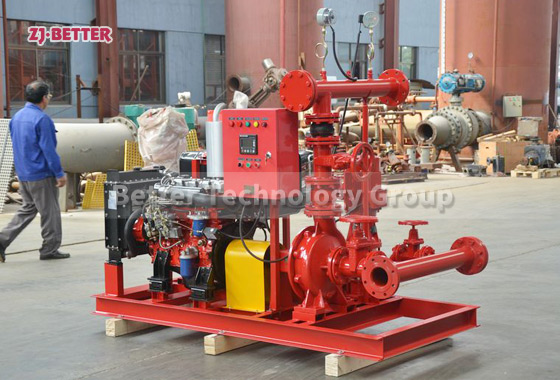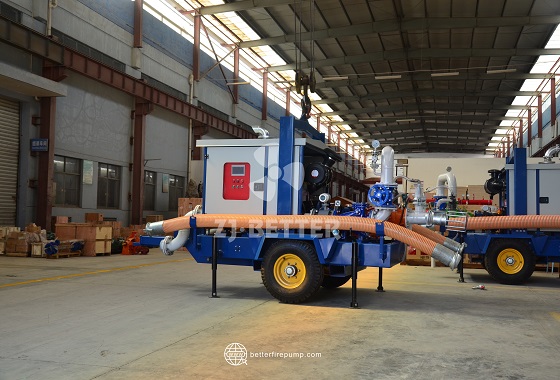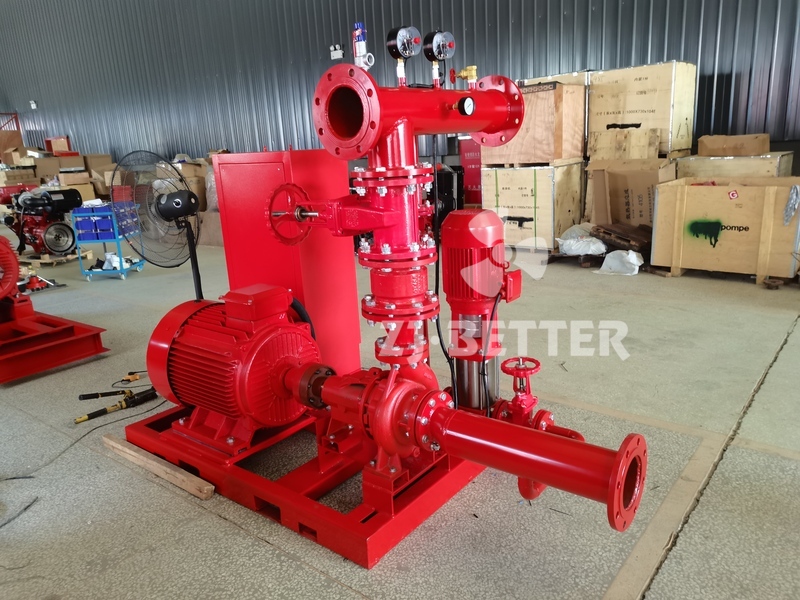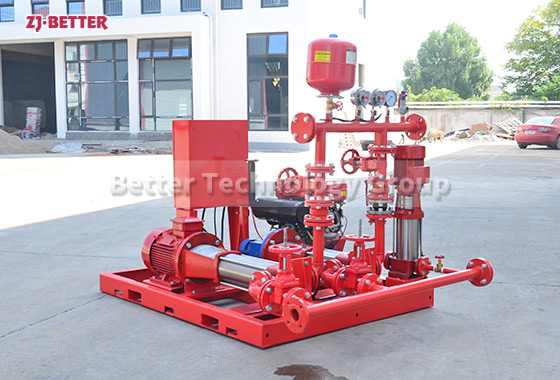What are the challenges of fire pumps in cold climates or extreme weather conditions?
In cold climates or areas prone to extreme weather, fire pumps face unique operational challenges that require careful design and maintenance. Freezing temperatures can cause water to freeze in the pipes, potentially damaging the fire pump and other components of the fire suppression system. To mitigate this, fire pumps may be installed in heated enclosures, and antifreeze solutions or dry-pipe systems are often used to prevent freezing. Jockey pumps help maintain system pressure, but in extreme weather, they must be monitored closely to ensure they don’t overcompensate for changes in pressure caused by temperature fluctuations. High winds, flooding, or snow accumulation can also impact the performance of fire pumps, especially in outdoor or exposed installations. Ensuring that fire pumps have robust weather protection, backup power supplies, and regular winterization procedures is critical for maintaining their reliability in harsh conditions. Additionally, these pumps should be designed with durable, weather-resistant materials to withstand long-term exposure to extreme environmental factors while still delivering dependable fire protection.
In cold climates or areas prone to extreme weather, fire pumps face unique operational challenges that require careful design and maintenance. Freezing temperatures can cause water to freeze in the pipes, potentially damaging the fire pump and other components of the fire suppression system. To mitigate this, fire pumps may be installed in heated enclosures, and antifreeze solutions or dry-pipe systems are often used to prevent freezing. Jockey pumps help maintain system pressure, but in extreme weather, they must be monitored closely to ensure they don’t overcompensate for changes in pressure caused by temperature fluctuations. High winds, flooding, or snow accumulation can also impact the performance of fire pumps, especially in outdoor or exposed installations. Ensuring that fire pumps have robust weather protection, backup power supplies, and regular winterization procedures is critical for maintaining their reliability in harsh conditions. Additionally, these pumps should be designed with durable, weather-resistant materials to withstand long-term exposure to extreme environmental factors while still delivering dependable fire protection.



